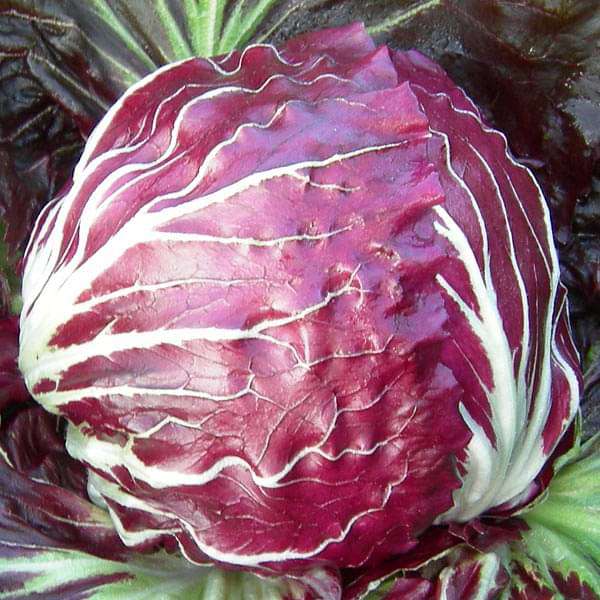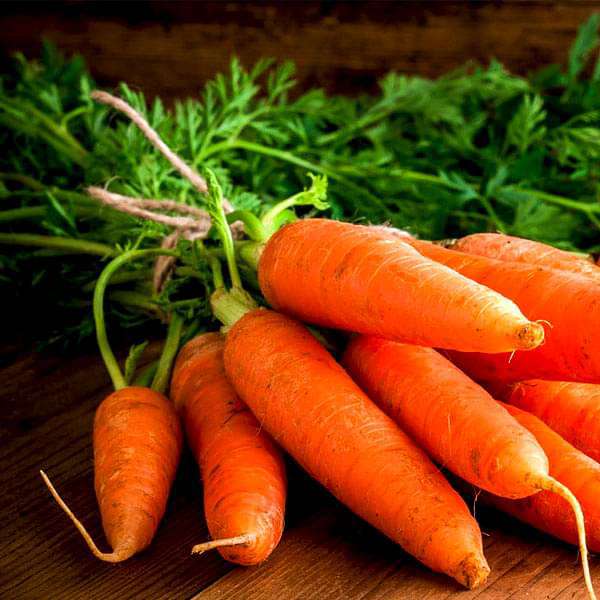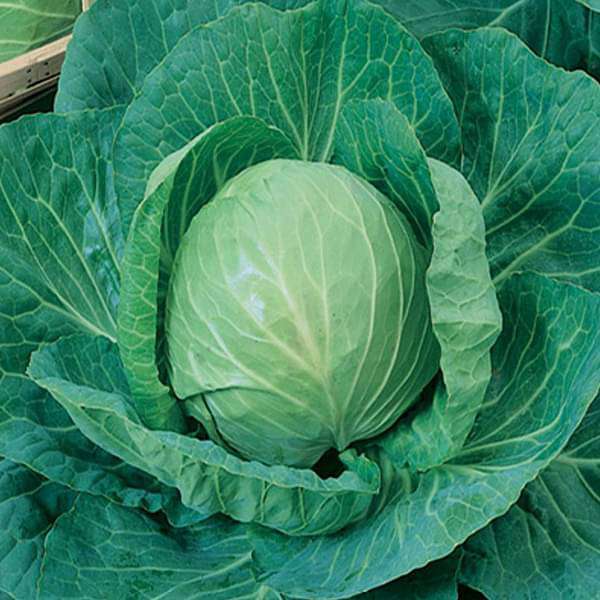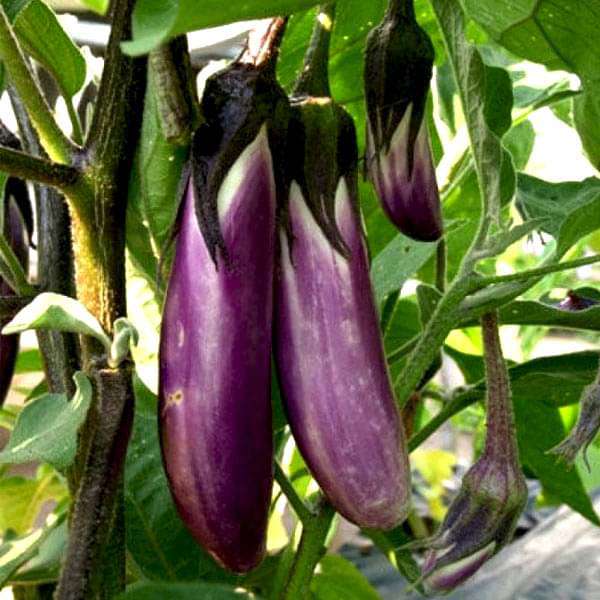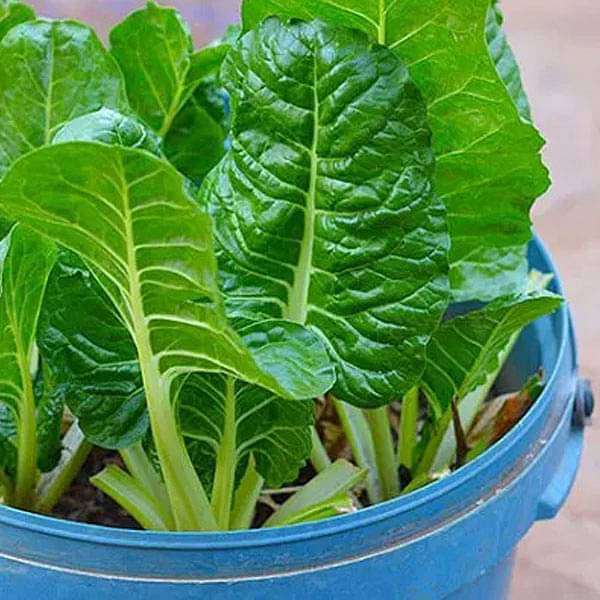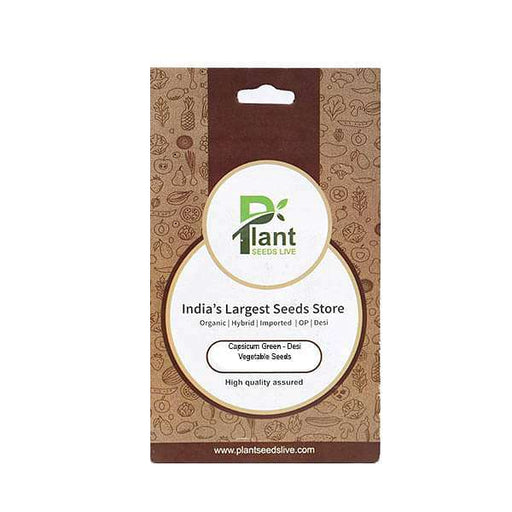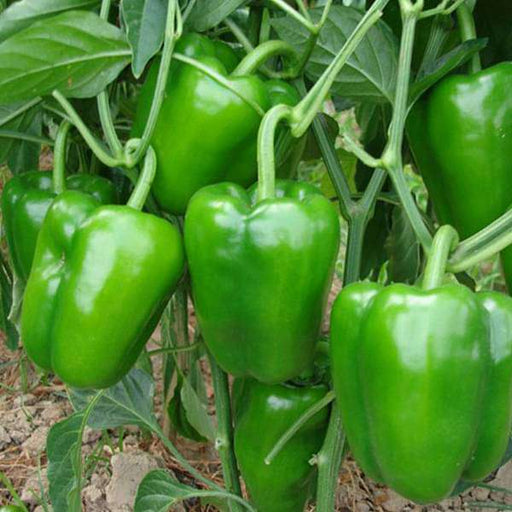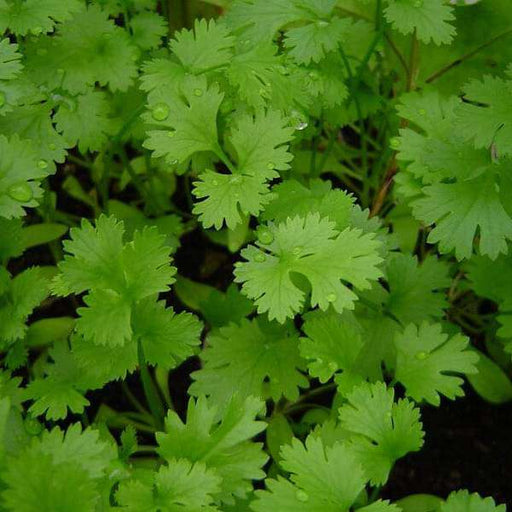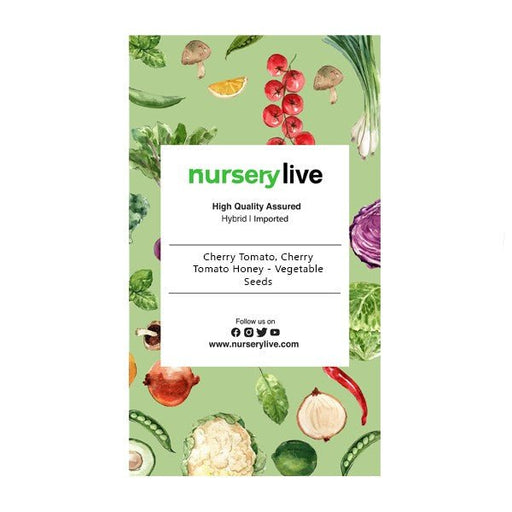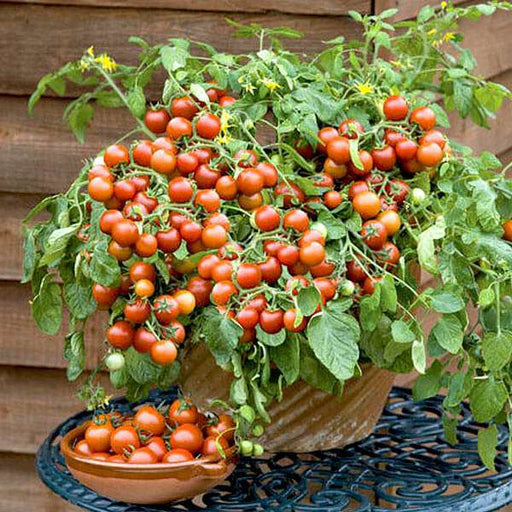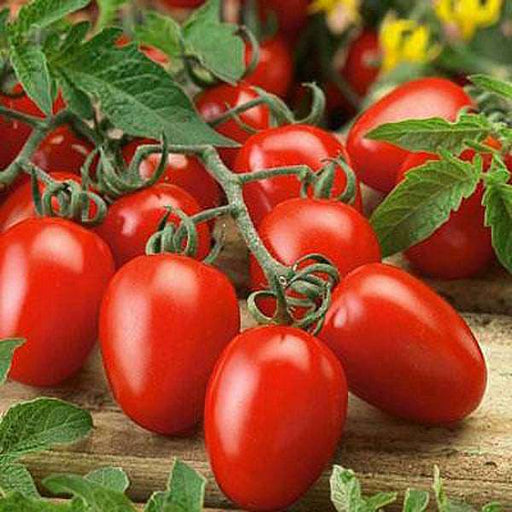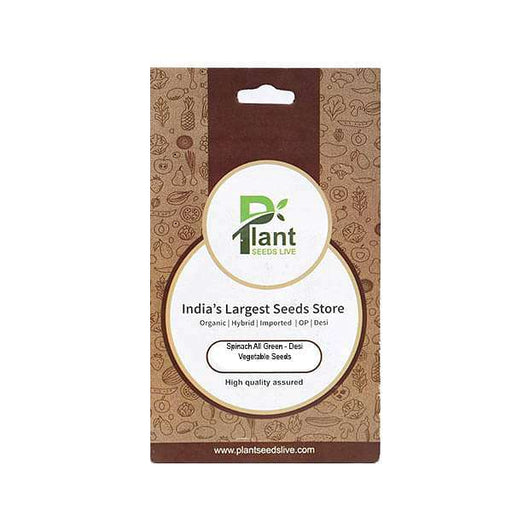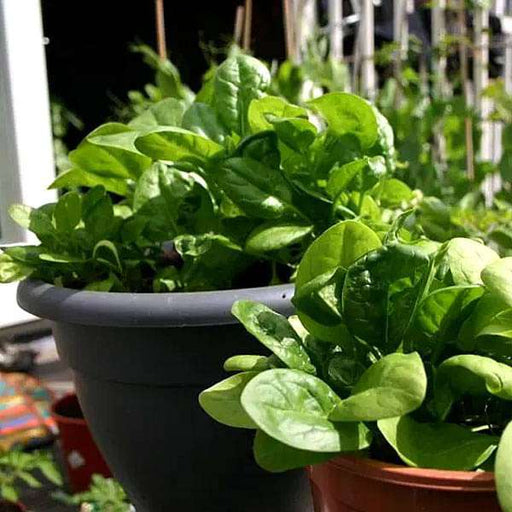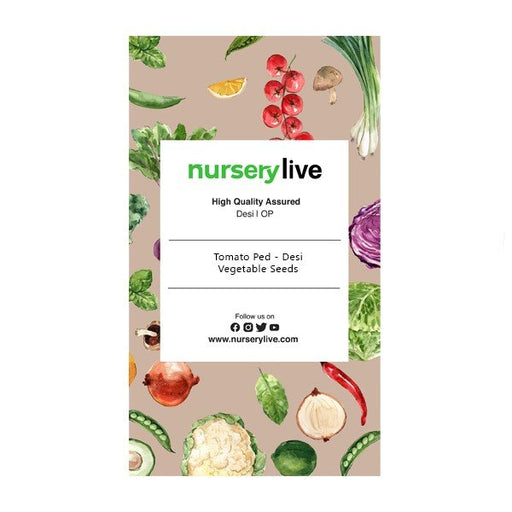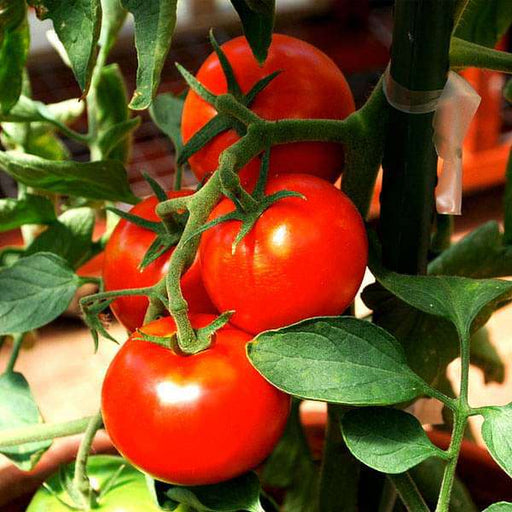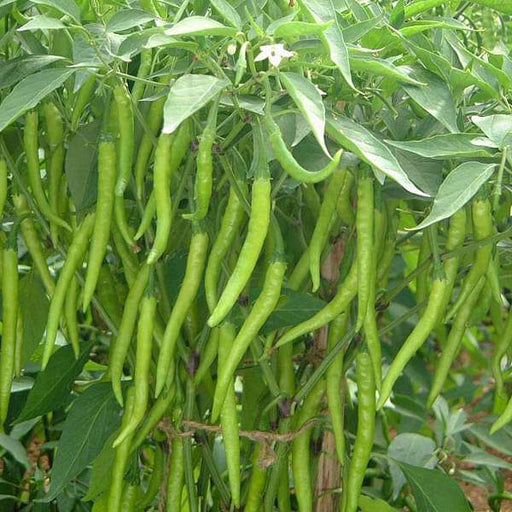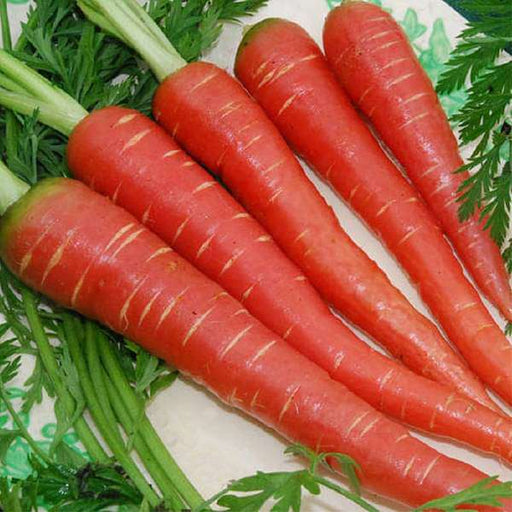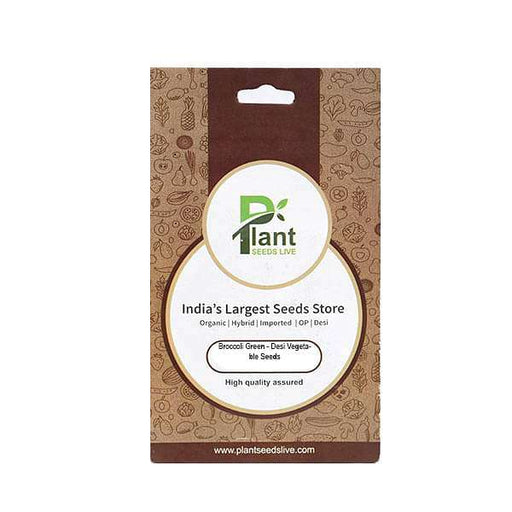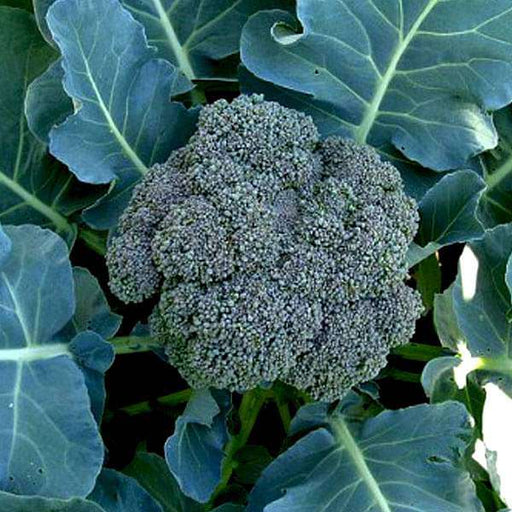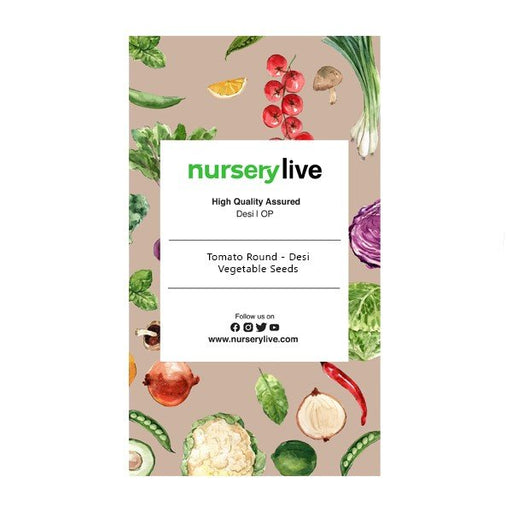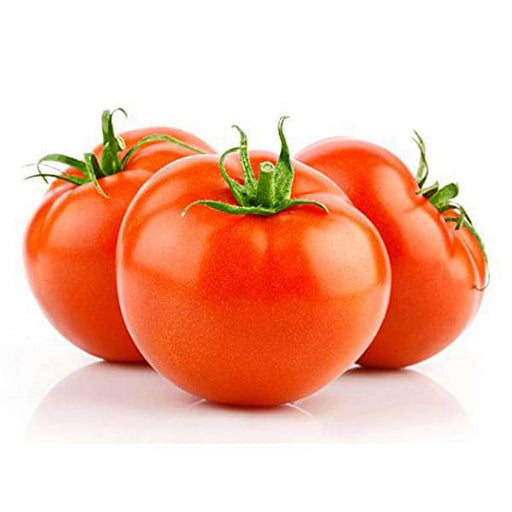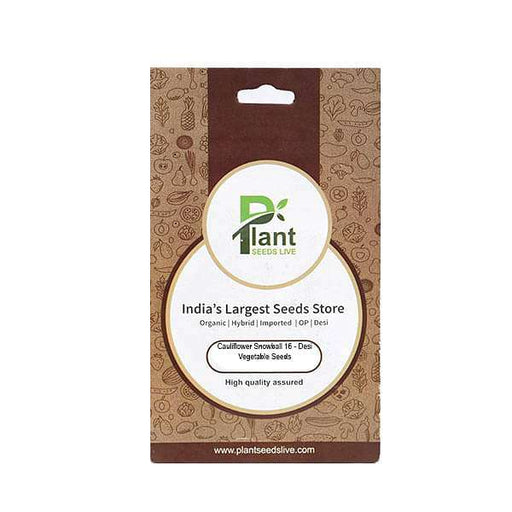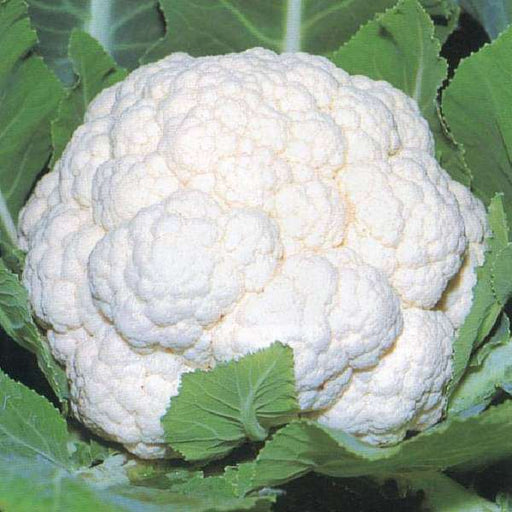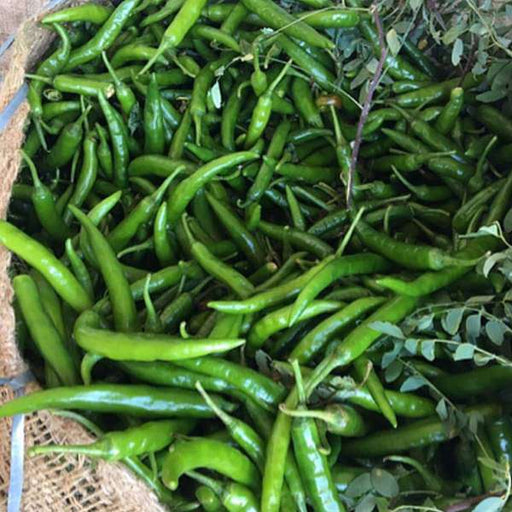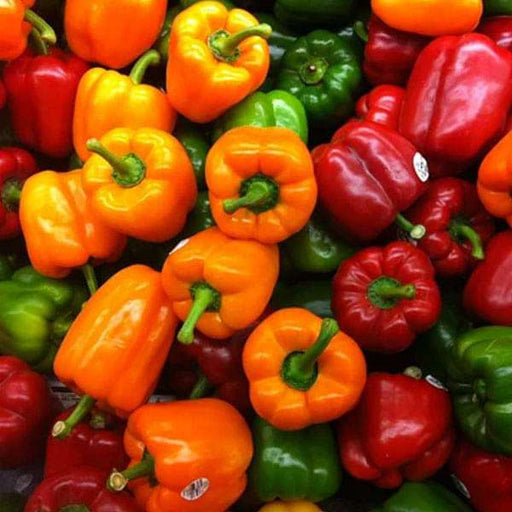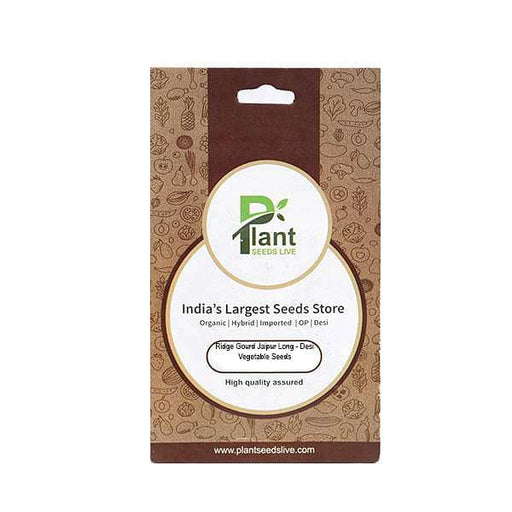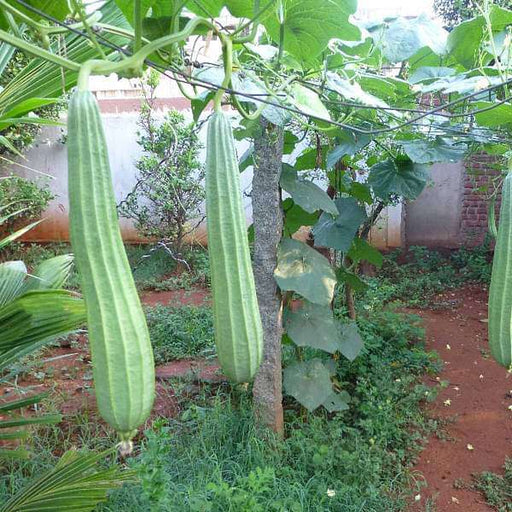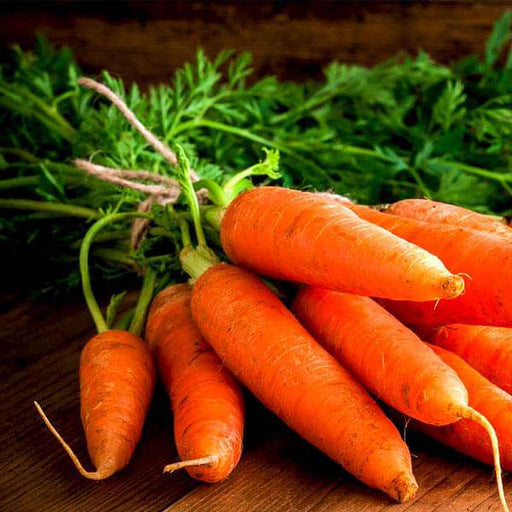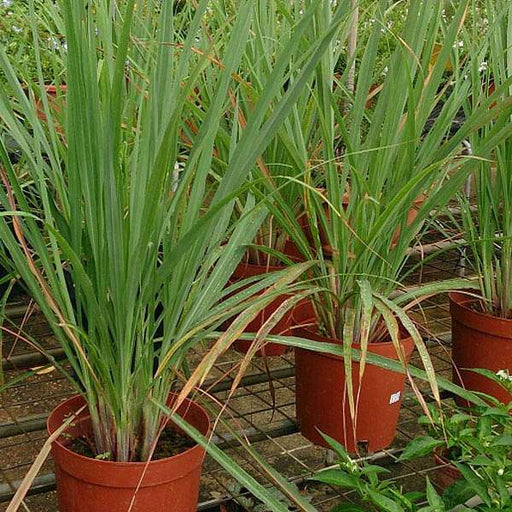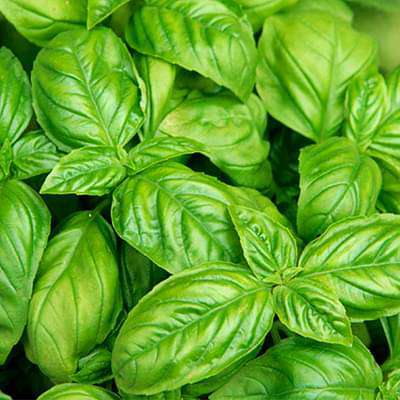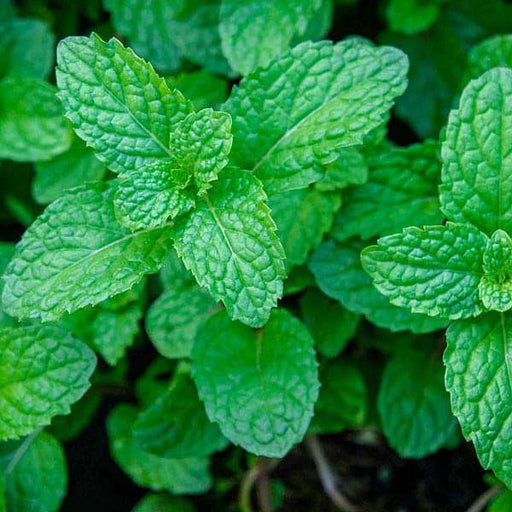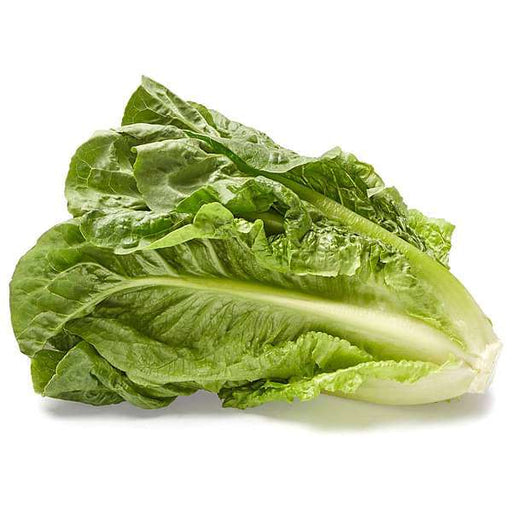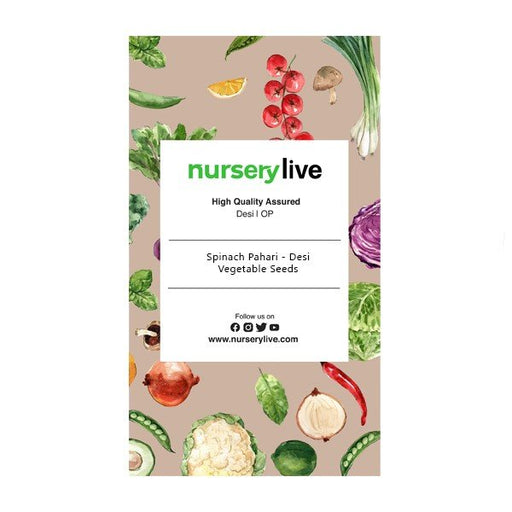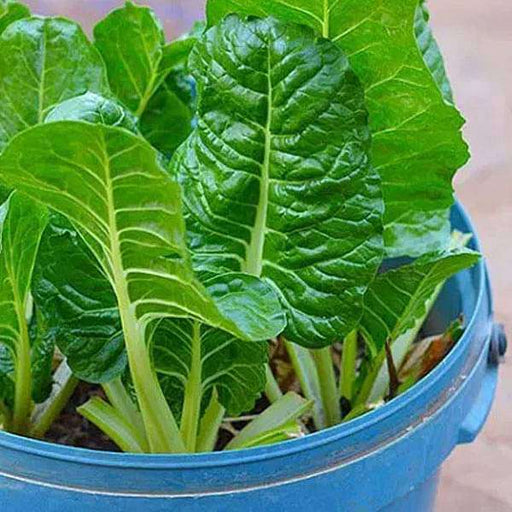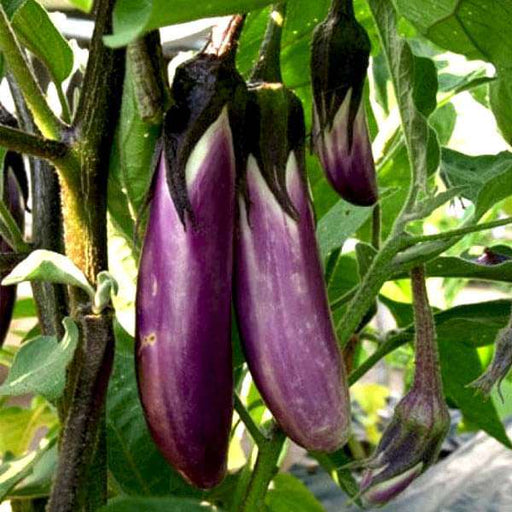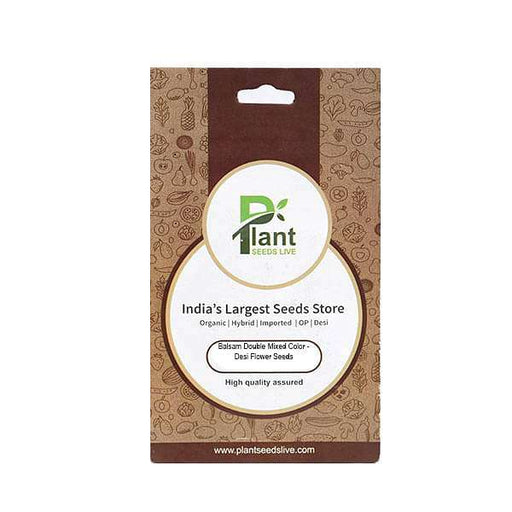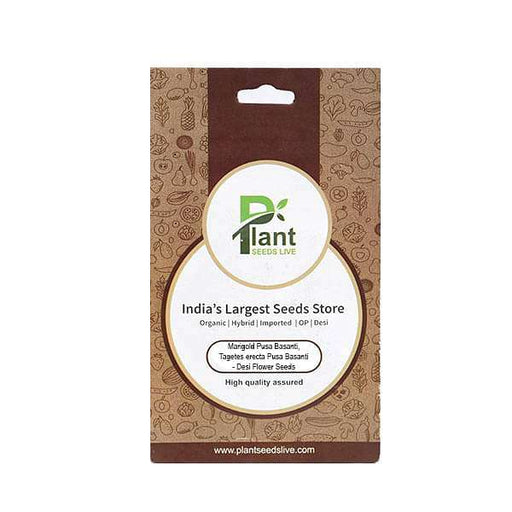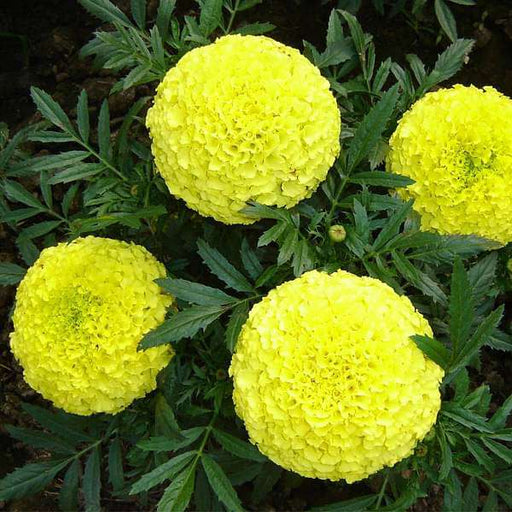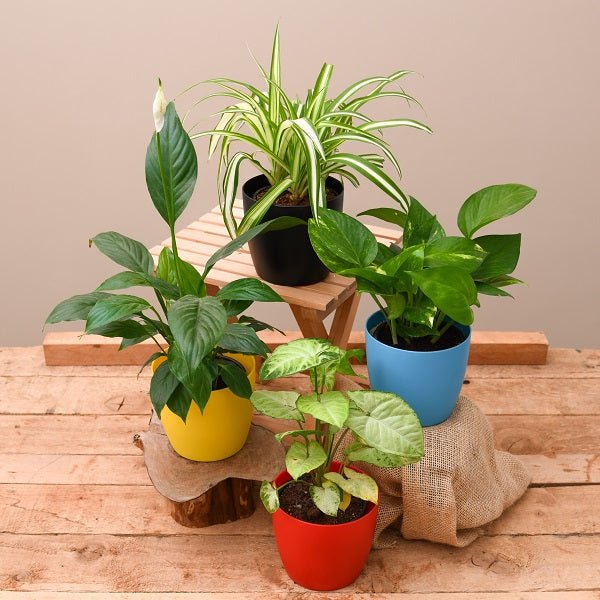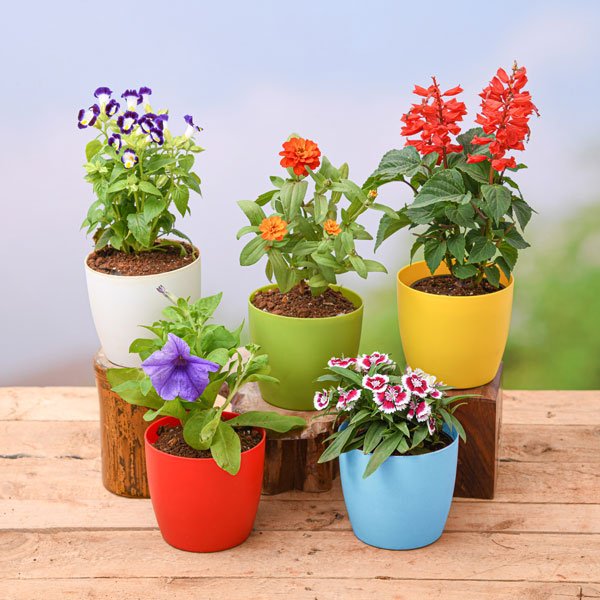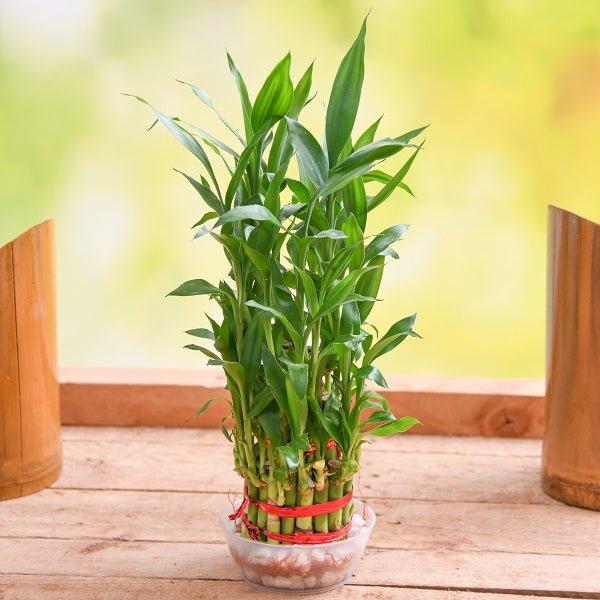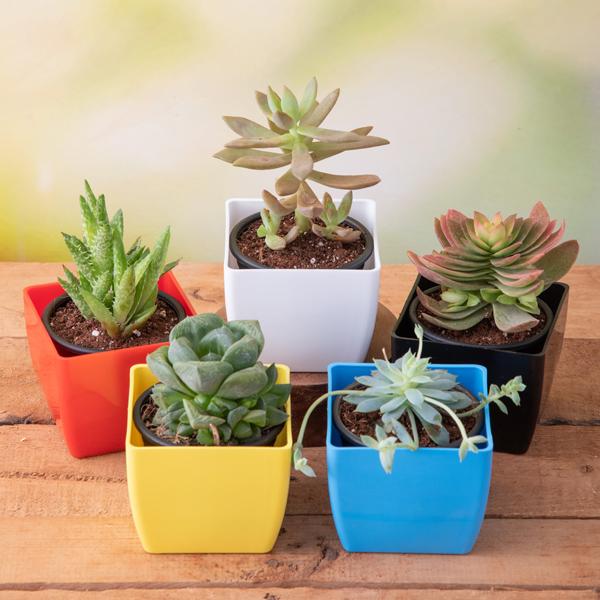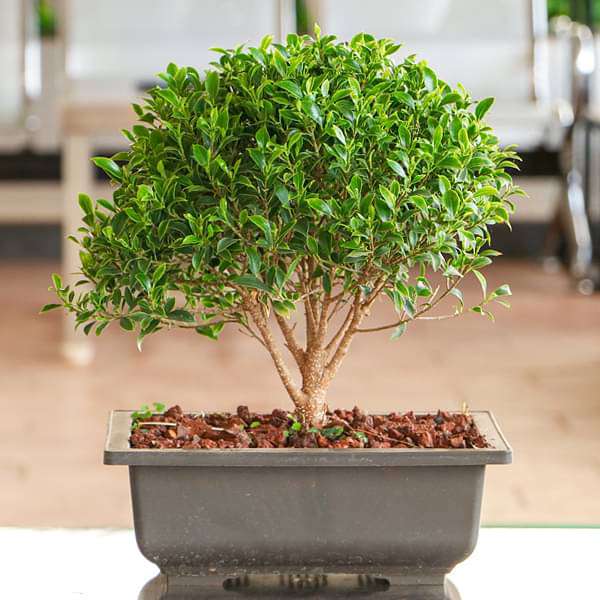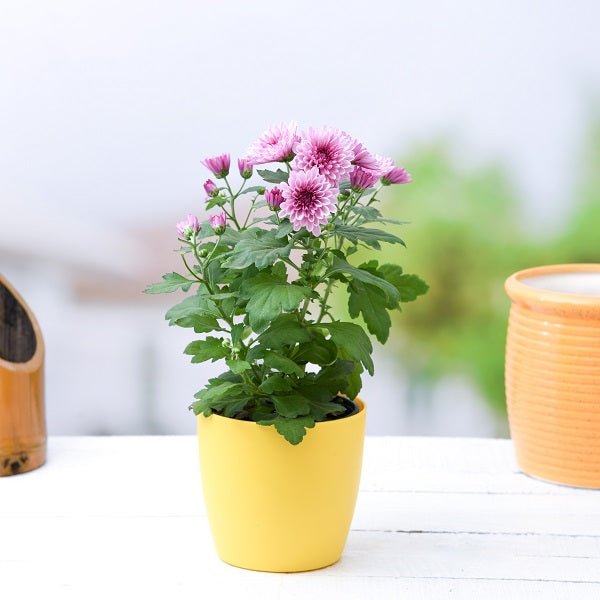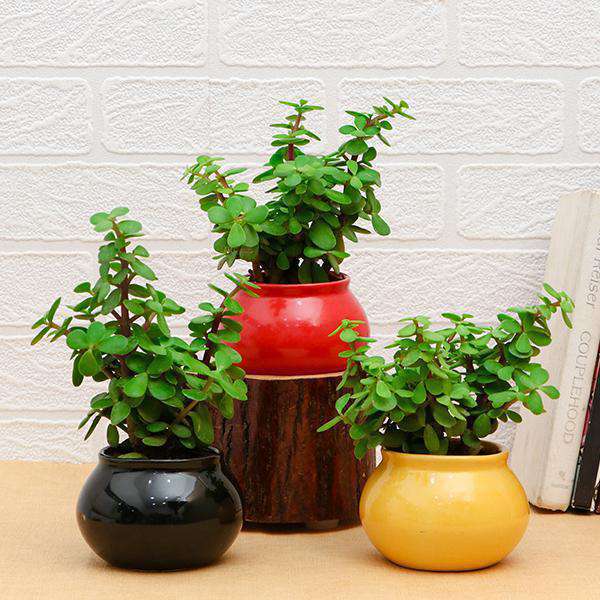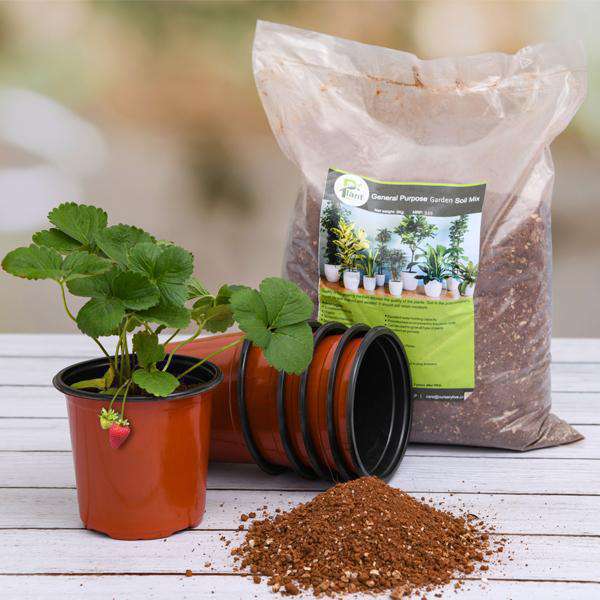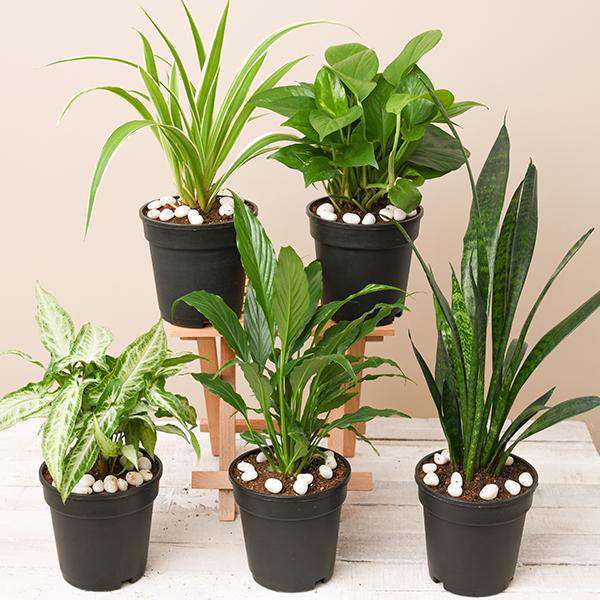Indian Cuisine Seeds
Indian cuisine is known for its rich and diverse flavors, and seeds play an important role in creating these delicious dishes. From cumin and mustard seeds to fenugreek and fennel, Indian cuisine seeds add depth and complexity to any dish.
Mexican Cuisine Seeds
Mexican cuisine is famous for its bold flavors and use of spices, including seeds like cumin, coriander, and chili. These seeds are often used in traditional dishes like salsa, mole, and tacos to add heat and complexity.
Italian Cuisine Seeds
Italian cuisine is all about simple, fresh ingredients, and seeds like basil, oregano, and thyme are essential for creating classic dishes like pizza and pasta. These herbs and seeds are also used in sauces and marinades to add flavor and depth.
Asian Cuisine Seeds
Asian cuisine encompasses a wide range of flavors and ingredients, and seeds like sesame, ginger, and star anise are often used to add flavor and texture. These seeds are popular in dishes like stir-fries, curries, and soups.
Middle Eastern Cuisine Seeds
Middle Eastern cuisine is known for its bold spices and flavors, and seeds like cumin, coriander, and sumac are often used to add depth and complexity. These seeds are essential for dishes like hummus, falafel, and shakshuka.
French Cuisine Seeds
French cuisine is all about elegance and refinement, and herbs and seeds like tarragon, thyme, and lavender are often used to add subtle flavors and aromas. These seeds are used in dishes like ratatouille, quiche, and beef bourguignon.
Thai Cuisine Seeds
Thai cuisine is famous for its balance of sweet, sour, spicy, and salty flavors, and seeds like lemongrass, kaffir lime, and galangal are essential for creating these complex dishes. These seeds are used in dishes like tom yum soup, green curry, and pad thai.
Greek Cuisine Seeds
Greek cuisine is all about fresh, simple ingredients, and seeds like oregano, dill, and fennel are essential for creating classic dishes like Greek salad, tzatziki, and moussaka. These seeds add flavor and depth to any dish.
Caribbean Cuisine Seeds
Caribbean cuisine is known for its bold flavors and use of spices, and seeds like allspice, nutmeg, and cloves are often used to add depth and complexity. These seeds are essential for dishes like jerk chicken, curry goat, and plantain chips.
Chinese Cuisine Seeds
Chinese cuisine is all about balancing flavors and textures, and seeds like Szechuan peppercorns, star anise, and five-spice powder are essential for creating these complex dishes. These seeds are used in dishes like mapo tofu, kung pao chicken, and wonton soup.
Spanish Cuisine Seeds
Spanish cuisine is all about bold flavors and ingredients, and seeds like smoked paprika, saffron, and cumin are often used to add depth and complexity. These seeds are essential for dishes like paella, chorizo, and gazpacho.
Moroccan Cuisine Seeds
Moroccan cuisine is known for its bold spices and flavors, and seeds like coriander, cumin, and cinnamon are often used to add depth and complexity. These seeds are essential for dishes like tagine, harira soup, and couscous.
Japanese Cuisine Seeds
Japanese cuisine is all about simplicity and balance, and seeds like wasabi, shiso, and sesame are essential for creating these delicate dishes. These seeds are used in dishes like sushi, miso soup, and teriyaki chicken.
American Cuisine Seeds
American cuisine is a melting pot of flavors and influences, and seeds like paprika, chili, and cumin are often used to add heat and depth. These seeds are essential for dishes like chili con carne, BBQ ribs, and buffalo wings.
Lebanese Cuisine Seeds
Lebanese cuisine is known for its fresh and flavorful ingredients, and seeds like coriander, cumin, and cinnamon are often used to add depth and complexity. These seeds are essential for dishes like tabbouleh, kibbeh, and fattoush salad.
Korean Cuisine Seeds
Korean cuisine is all about bold and spicy flavors, and seeds like gochugaru (Korean chili flakes), sesame seeds, and perilla seeds are essential for creating these dishes. These seeds are used in dishes like kimchi, bibimbap, and bulgogi.
Vietnamese Cuisine Seeds
Vietnamese cuisine is known for its fresh herbs and bold flavors, and seeds like star anise, coriander, and cardamom are often used to add depth and complexity. These seeds are essential for dishes like pho, banh mi, and summer rolls.
Indonesian Cuisine Seeds
Indonesian cuisine is a fusion of flavors and influences from various cultures, and seeds like coriander, cumin, and turmeric are often used to add depth and complexity. These seeds are essential for dishes like nasi goreng, rendang, and satay.
Brazilian Cuisine Seeds
Brazilian cuisine is known for its bold flavors and use of spices, and seeds like black pepper, cumin, and paprika are often used to add depth and complexity. These seeds are essential for dishes like feijoada, moqueca, and coxinha.
Australian Cuisine Seeds
Australian cuisine is a fusion of flavors and influences from various cultures, and seeds like wattleseed, lemon myrtle, and Tasmanian pepperberry are often used to add unique flavors and textures. These seeds are used in dishes like kangaroo steak, damper bread, and pavlova.


